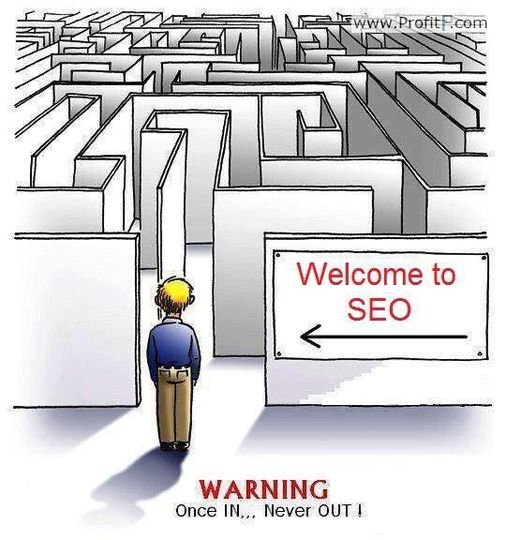How to Get Legit Backlinks for Your SEO Project: (100% Proven Strategies)
Uncover the secrets to obtaining legitimate backlinks for your SEO project.
Explore effective strategies for link insertions, outreach, and ranking page techniques to enhance your site’s authority and search engine performance.
Link building is essential to any SEO strategy, but not all links are created equal. High-quality backlinks improve rankings, drive referral traffic, and increase domain authority. In this guide, I will share my proven process for building effective and safe backlinks through link insertions, ranking page outreach, and a detailed 20-point quality checklist.

Link Insertions on Relevant Pages
One of the most effective link-building methods I use is link insertions on relevant pages that meet a 20-point quality criteria. Ensuring the page is relevant and already indexed by Google eliminates the risks of de-indexing and low referral traffic, which can be common with guest posts.
Here’s why this strategy is beneficial:
Advantages of Relevant Page Link Building:
- Relevance: You can manually verify that the article is closely related to your target content before adding the link.
- Already Indexed: Since the article is already indexed on Google, you bypass the risk of the page not being indexed.
- Aged Content: The article may already rank for keywords, providing opportunities for referral traffic.
- Existing Links: The article may have internal and external links, increasing its overall authority and relevance.

My 20-Point Checklist for High-Quality Links
Before proceeding with link insertions, I use the following 20-point checklist to ensure the websites and pages meet my standards for SEO:
Main Metrics:
- Domain Rating (DR) 30+ on Ahrefs
- Traffic over 1,000 on Ahrefs
- Relevance to the niche
- Already Linking to credible sources
- Inbound-Outbound Link Ratio
- Real Keywords Traffic Relevance (Real organic traffic, not fake or bot-driven)
- Tier 1 Location Traffic (Traffic primarily from countries like the US, UK, etc.)
- No Steep Traffic Drop (Less than 70% drop over the last 12 months)
- Link Placement and Anchor Text Relevance
Metrics to Avoid PBNs/Link Farms:
- No “We Sell Links” advertisements on the website
- Minimal Outbound Links (OBL) per article (low OBL content ratio)
- No presence of a Fiverr footprint (Avoid low-quality link sellers)
- Real Monetization (Genuine business model behind the website)
- Absence of Casino/Gambling/Porn keywords in outbound links
- No “Write for Us” page or open calls for guest posts
- No sudden spikes in Referring Domains (RD)
Additional Metrics:
- Good User Experience (UX) on the site
- Healthy Backlinks DR Ratio
- Referring Domains to Domain Rating Ratio
- Active Social Media Presence

Link Insertion Outreach Strategy
The outreach process for link insertions is structured and targeted. Here’s how I approach it:
Outreach Steps:
- Identify Target Articles: List out the pages where you want to add links and the keywords you want to rank for.
- Keyword Research: Generate a list of related keywords that align with your main target keyword (e.g., for a web hosting review site, target keywords like “web hosting,” “website design,” etc.).
- Find Relevant Sites: Use Ahrefs Content Explorer to extract raw websites that include your target keyword in their title, URL, or content. Filter by Domain Rating (DR) and traffic.
- Collect Emails: Extract email addresses from the websites manually or using a Virtual Assistant (VA) to ensure accuracy.
- Cold Outreach: Set up a burner domain (e.g., abc.org if your main domain is abc.com) to send outreach emails without risking the health of your primary domain’s server. Use Google Workspace for better deliverability.
- Outreach Campaign: Reach out to 50-100 websites per day through email or contact forms.
Ranking Pages Link Building Strategy
The Ranking Pages strategy focuses on acquiring links from pages already ranking in the top 100 positions for your main or related keywords. These links are especially effective for boosting rankings, as they come from pages that Google already considers authoritative for those keywords.
Advantages of Ranking Pages Links:
- These pages are already in Google’s top 100 for your target keywords, meaning a link from them is seen as highly relevant.
- Even with a low response rate, the impact on your rankings can be significant due to the quality of these links.
Ranking Pages Outreach Process:
- List of Target Pages: Identify the pages that need links.
- Seed Keyword Research: Create a list of seed keywords you want to rank for.
- Related Keywords Extraction: Use Google AdWords or other keyword tools to find related keywords.
- Top 100 Websites: Extract the top 100 websites ranking for these keywords, and remove duplicates.
- Clean List: Use a VLOOKUP function to remove any unwanted domains.
- Email Outreach: Extract email addresses and begin outreach, negotiating for link placements.
Both link insertion and ranking page outreach are proven link-building strategies that, when done correctly, can significantly boost your website’s ranking and domain authority. By adhering to a strict 20-point checklist for quality and targeting pages that already rank for your main keywords, you can build a strong, reliable backlink profile that stands the test of time.
While the response rates may vary, these strategies yield long-term results and are designed to align with Google’s search algorithms, making them safe and effective in the competitive landscape of SEO.
Conclusion:
Effective link building is more than just acquiring links; it’s about acquiring the right links. You can create a robust backlink strategy that drives sustainable SEO growth by focusing on relevance, authority, and ranking pages. Implement these best practices today to give your website the boost it needs.




Why "Advanced" SEO is Worthless for 99% of Small Businesses — Here's What You Should Focus On Instead
September 19, 2024[…] Share your content with influencers, bloggers, and relevant industry websites to gain backlinks and […]
How to Choose Keywords for SEO: The 4-Factor Approach
December 14, 2024[…] you’re still feeling stuck, don’t worry. That’s what I’m here for. As the SEO King of GO LEAD DIGITAL, I’ve helped businesses like yours climb the rankings and crush the […]